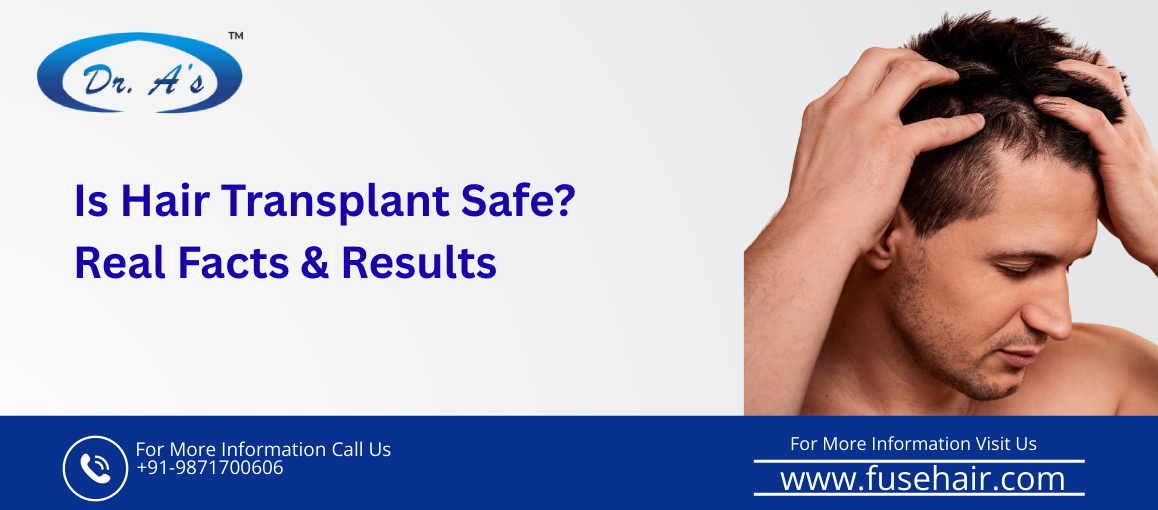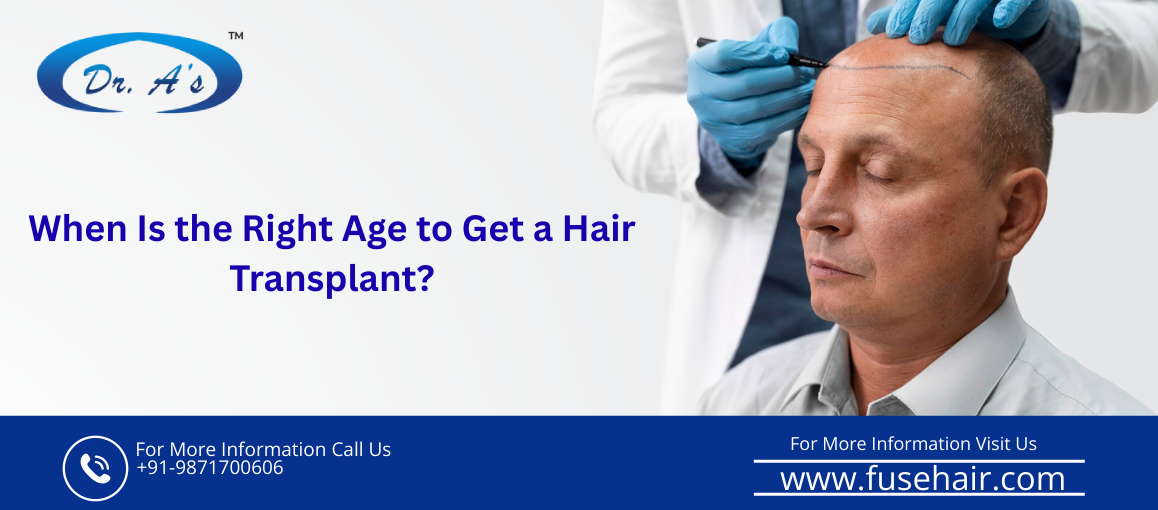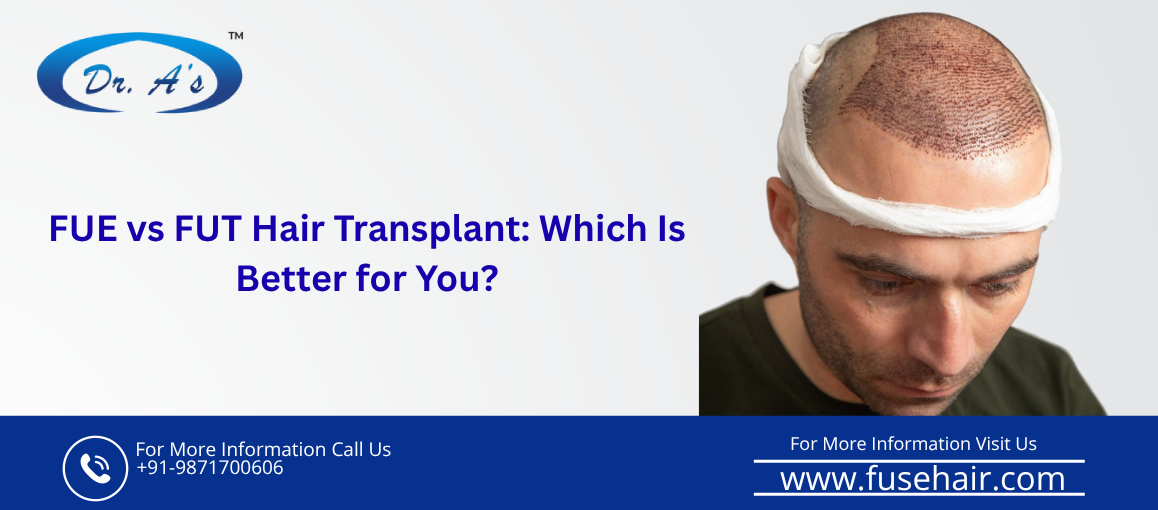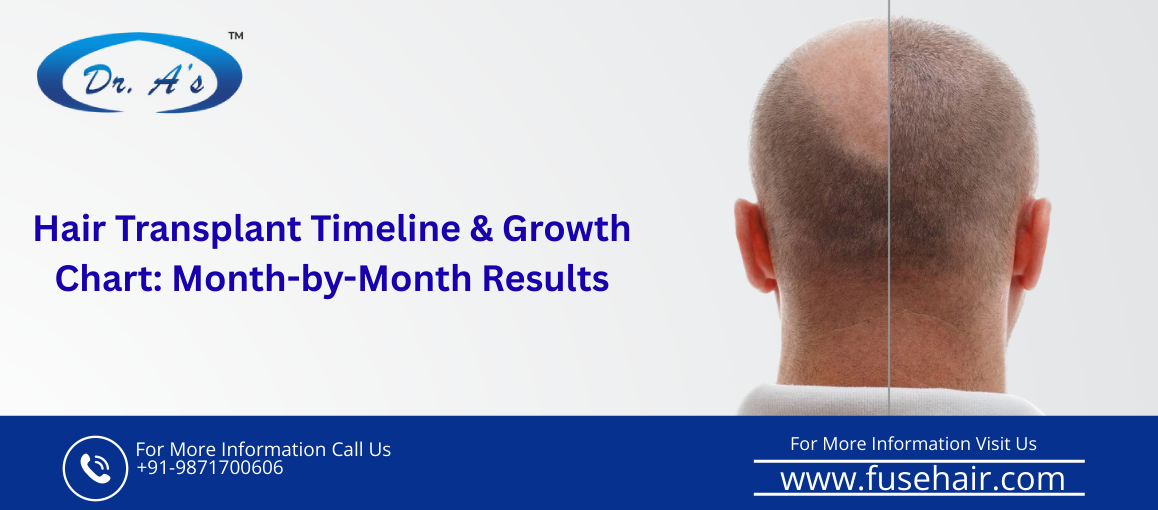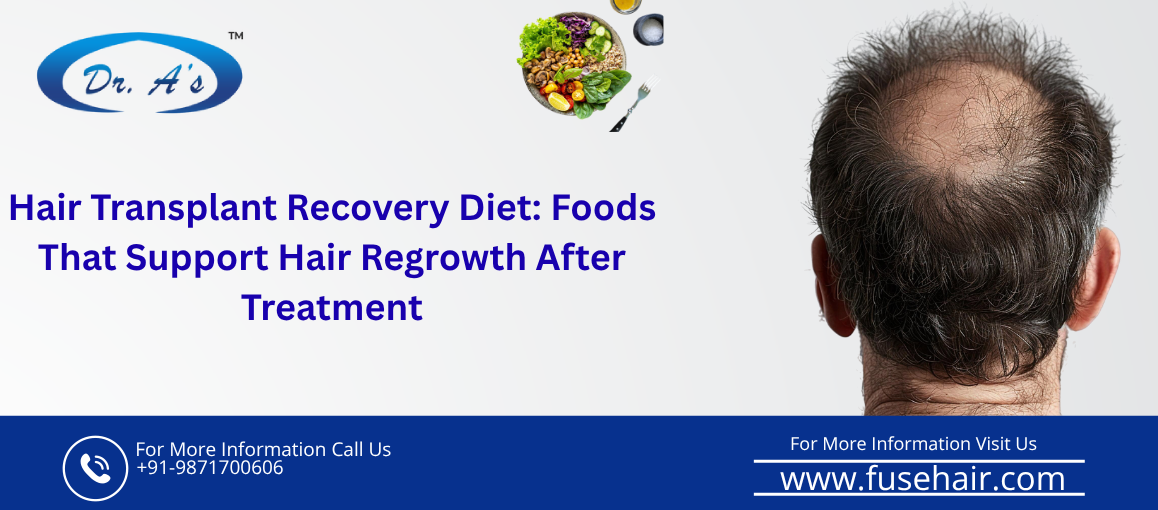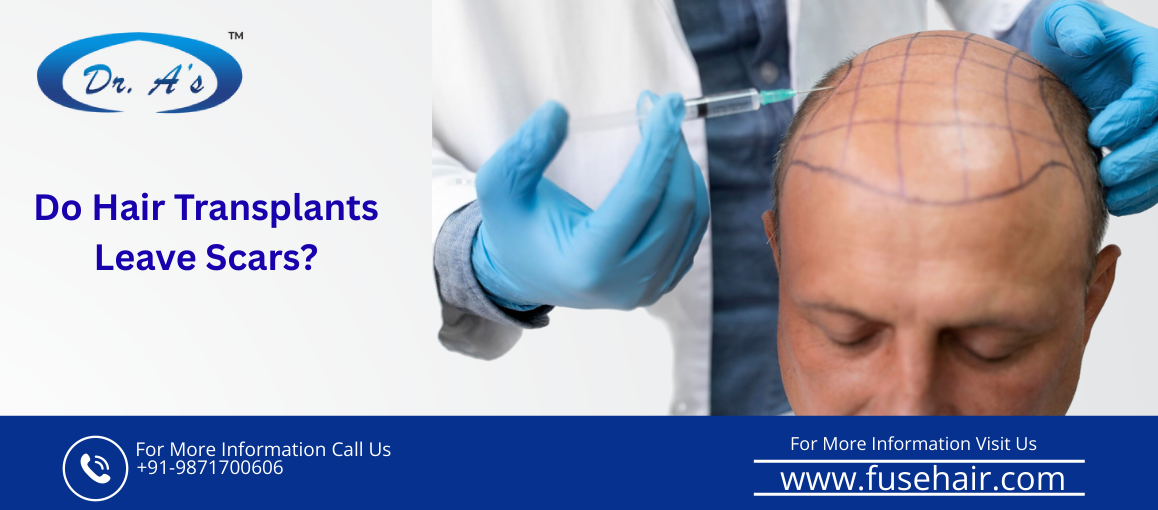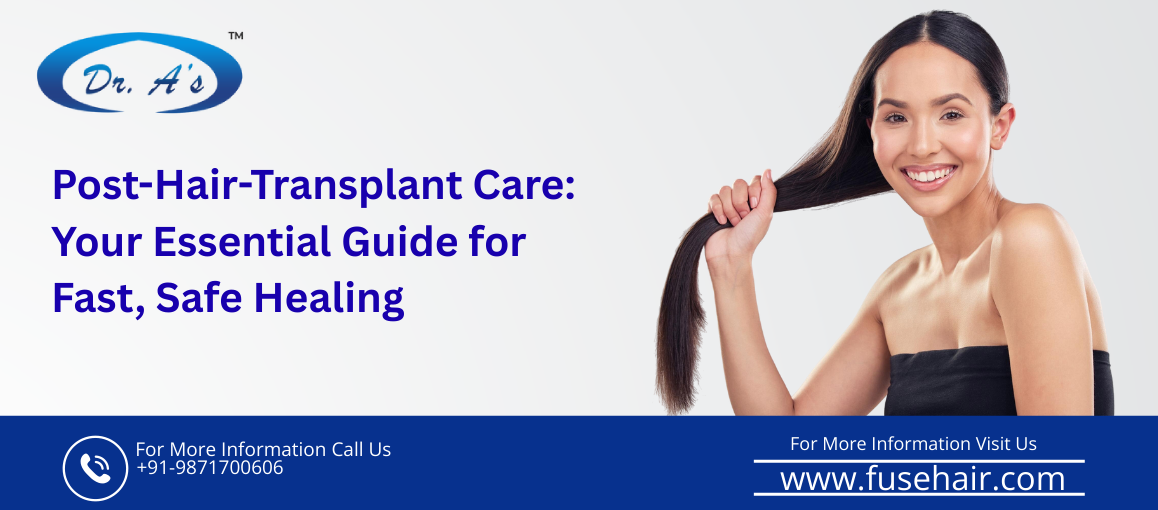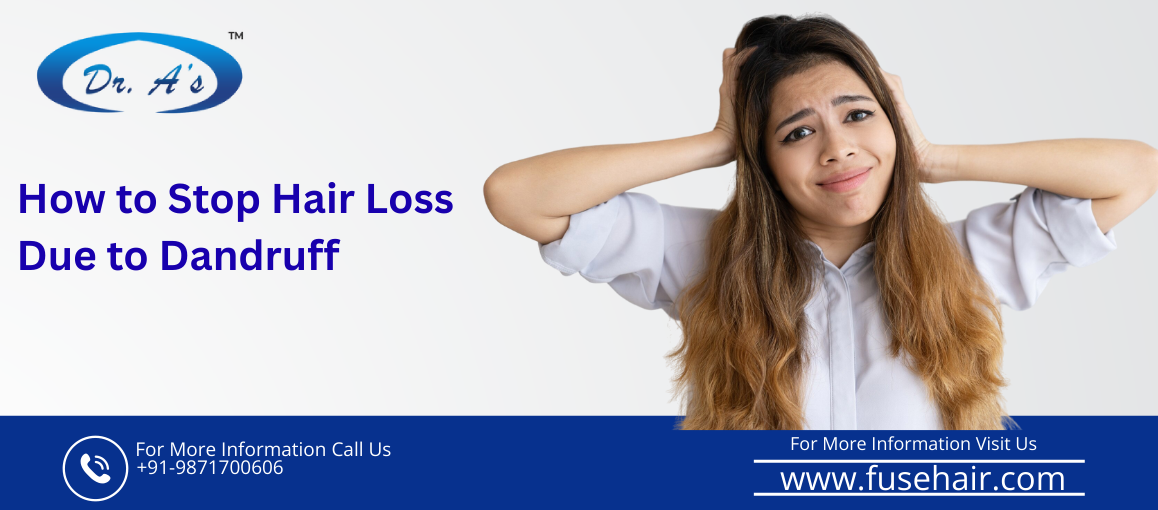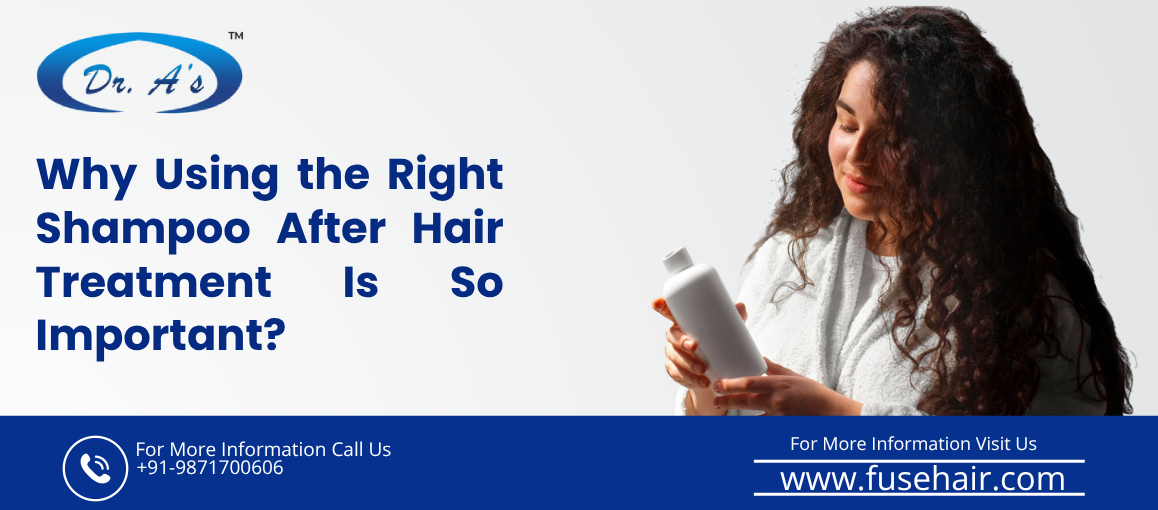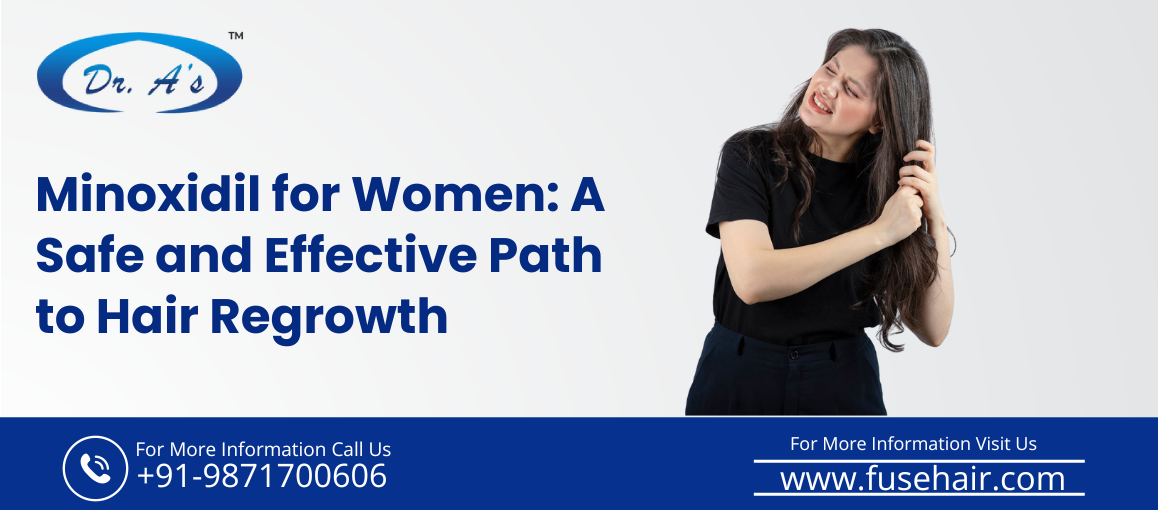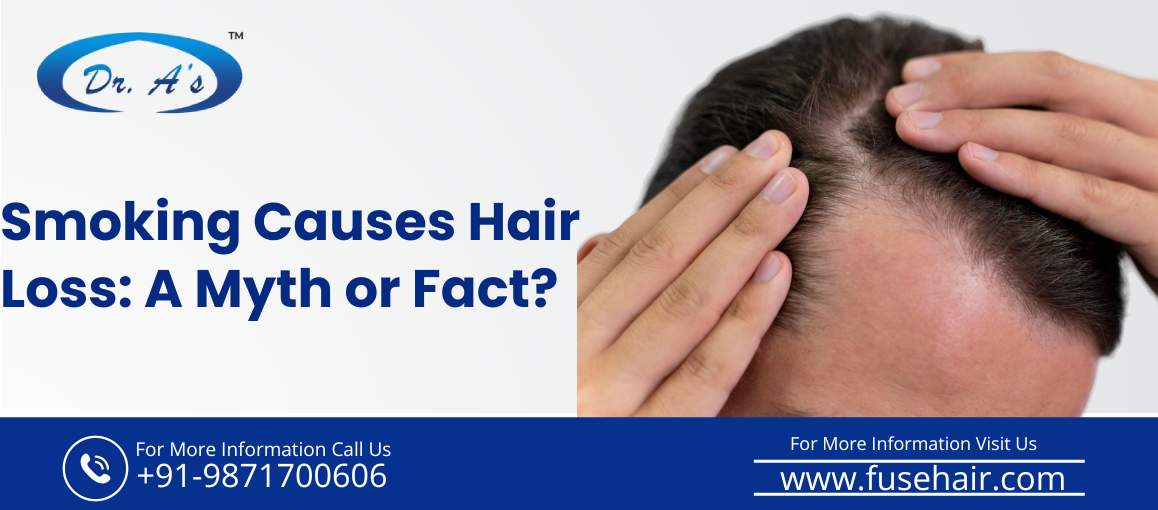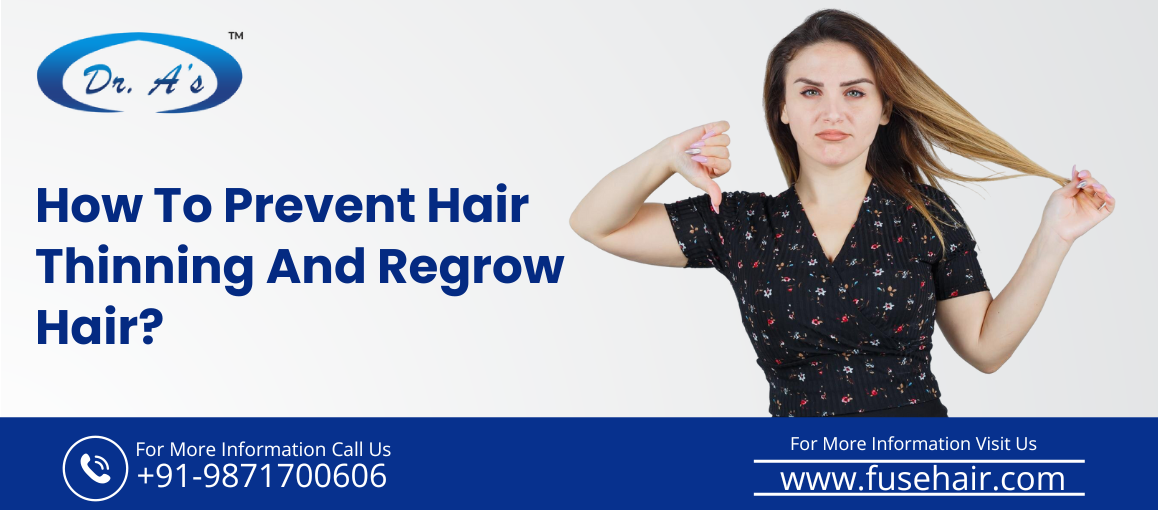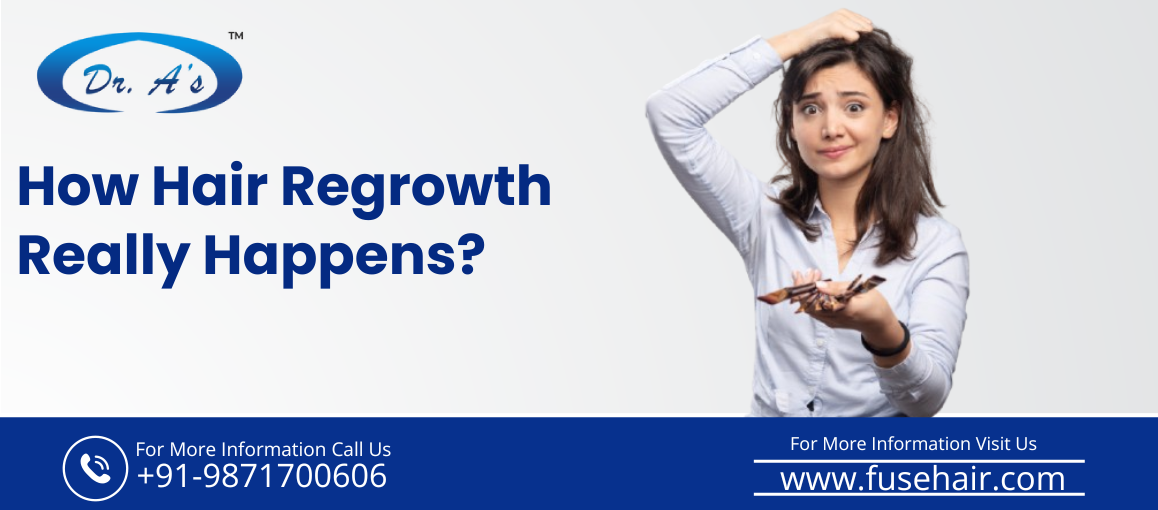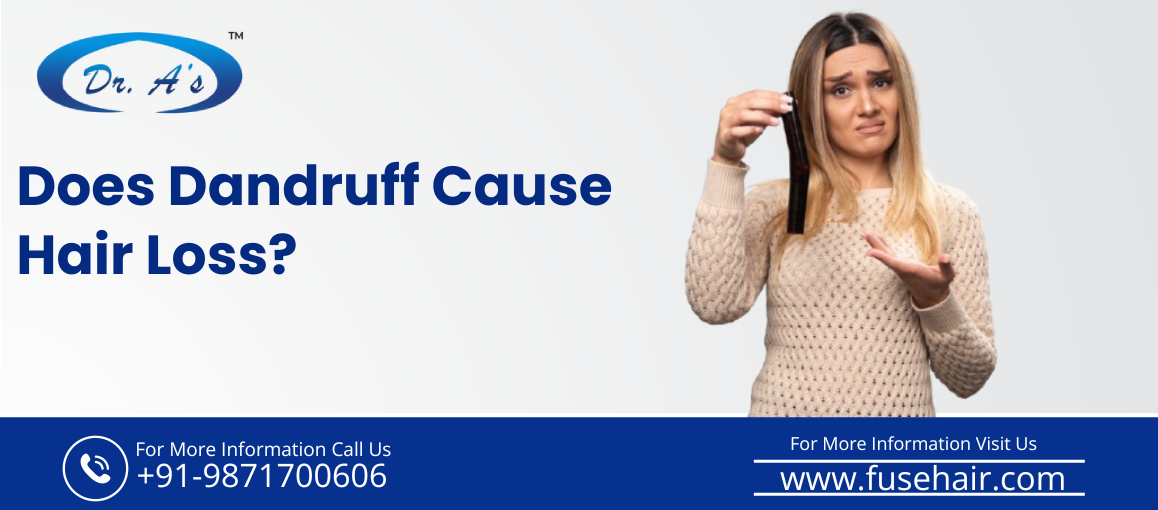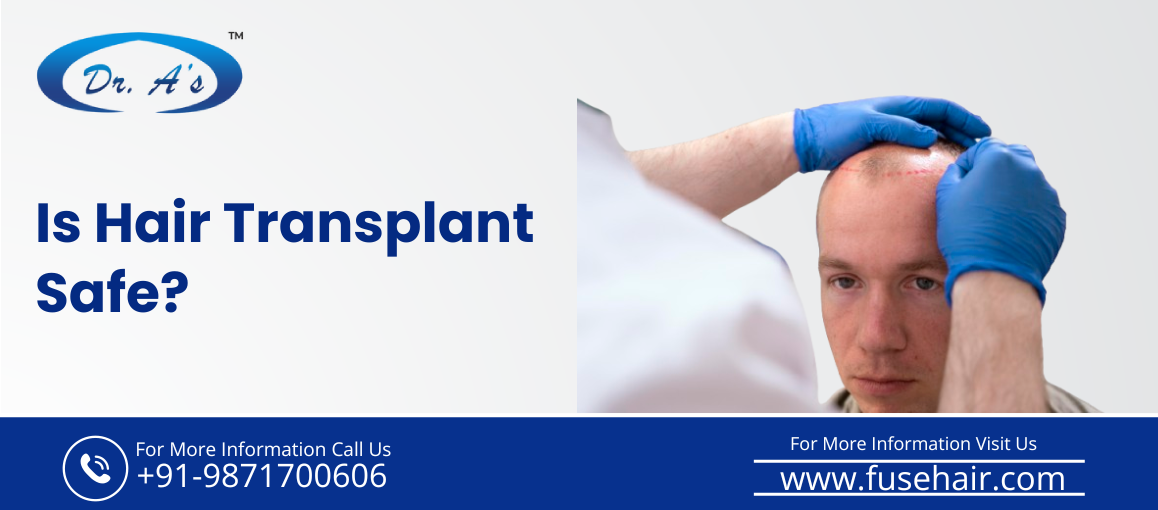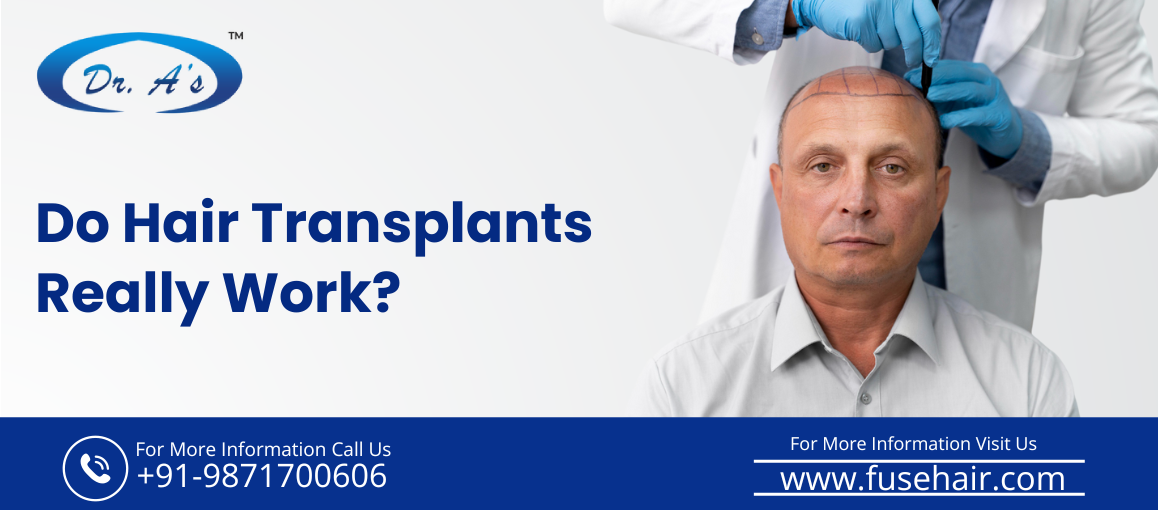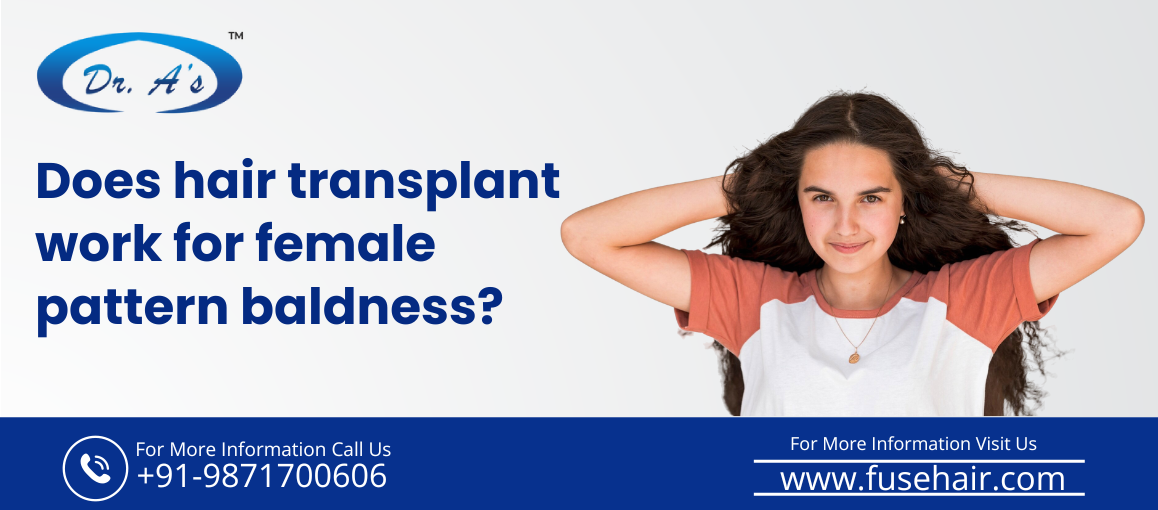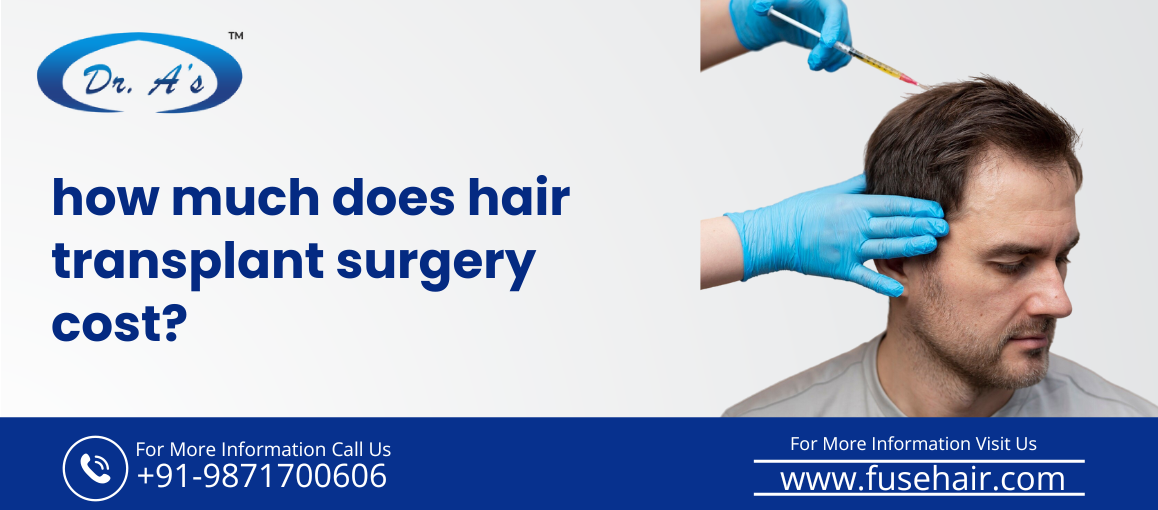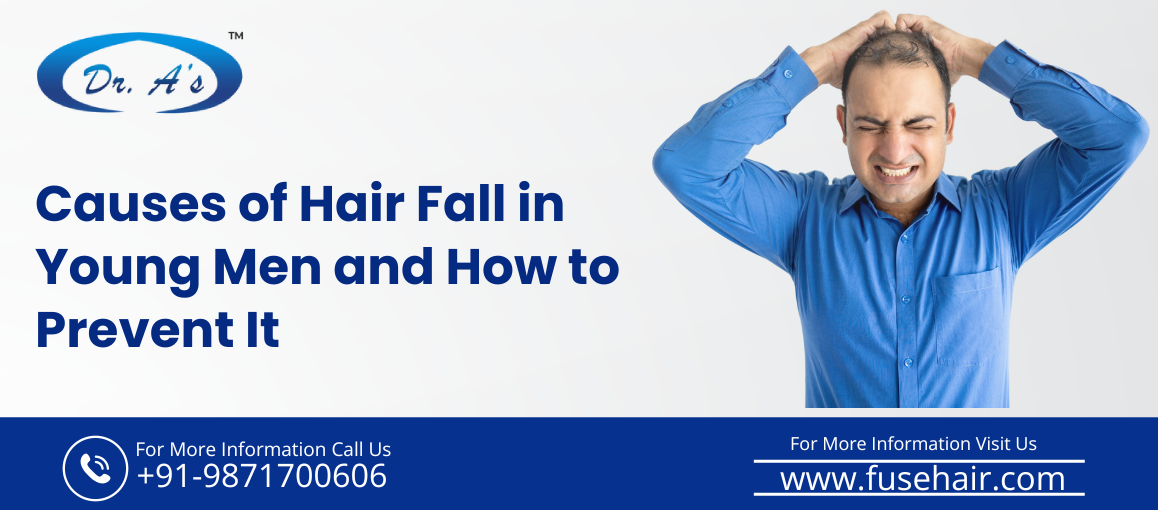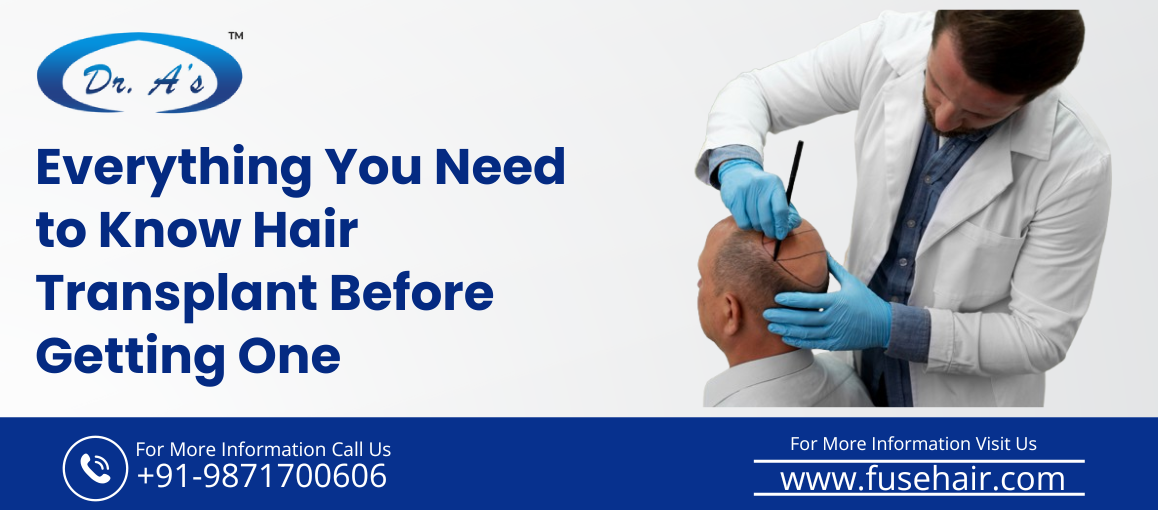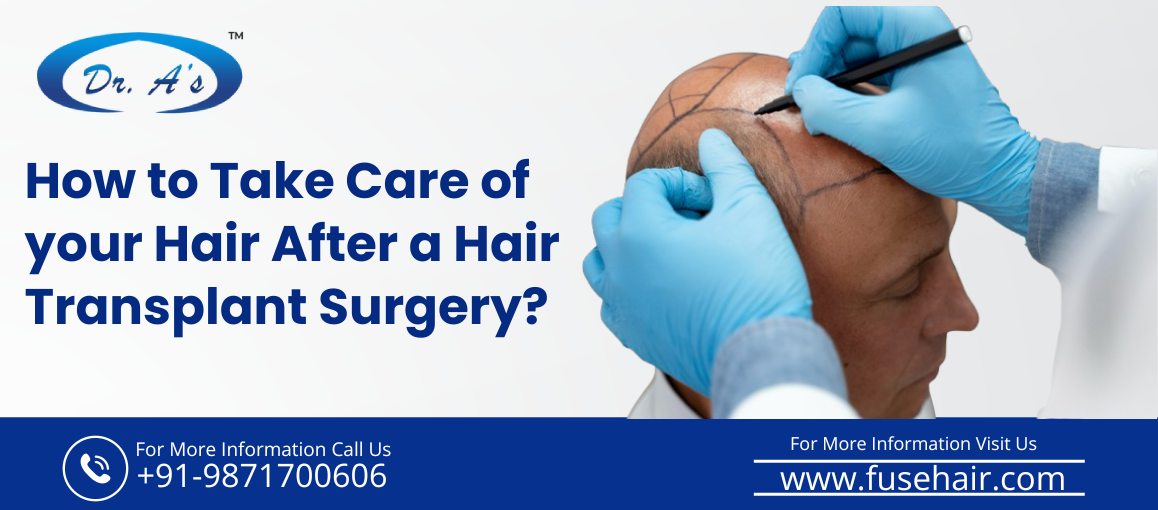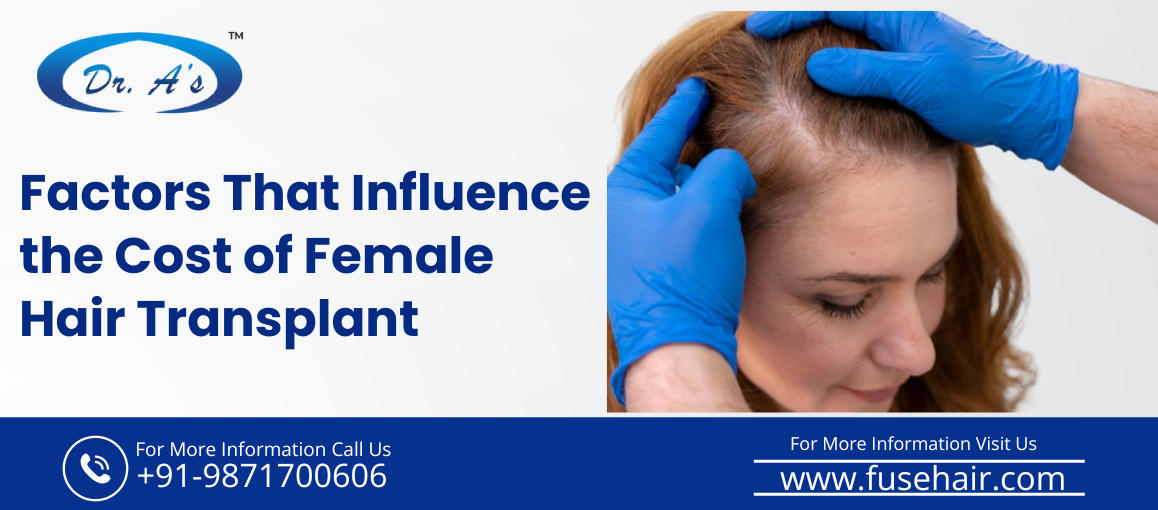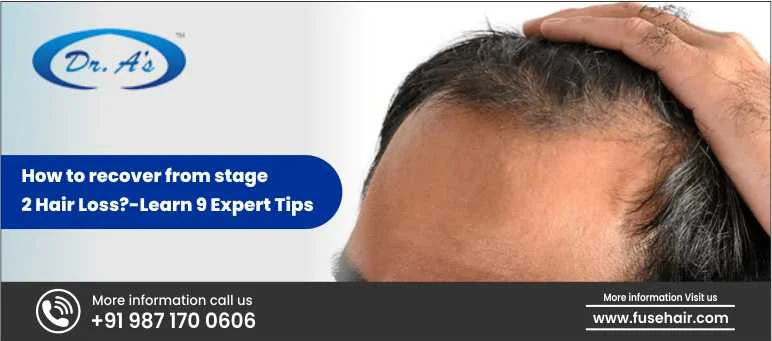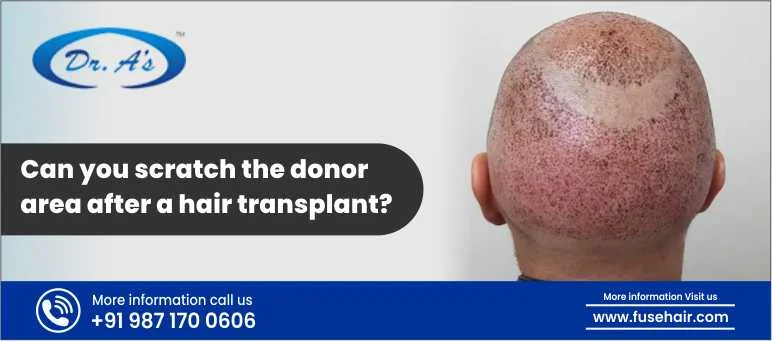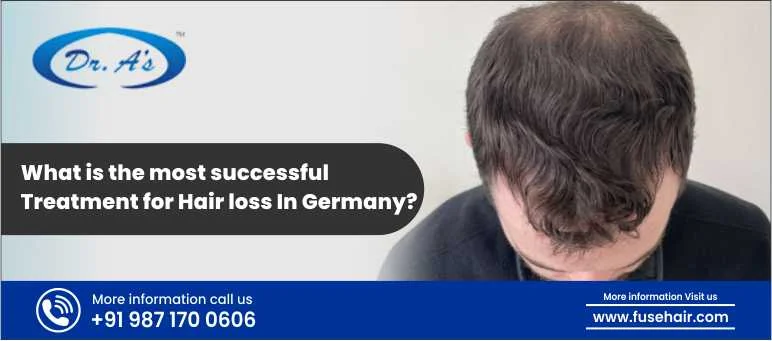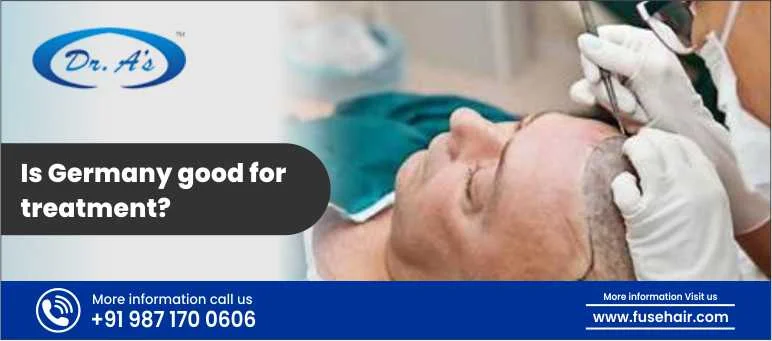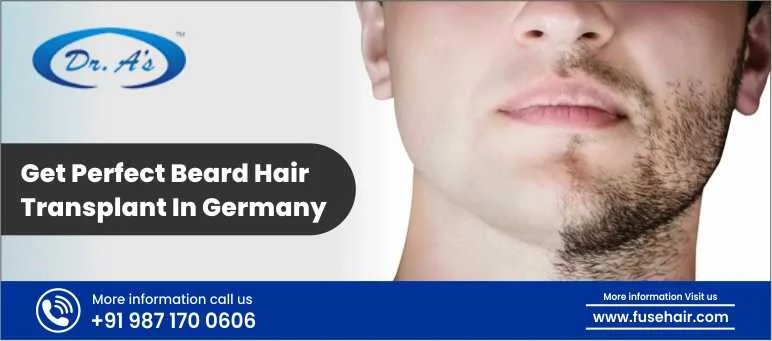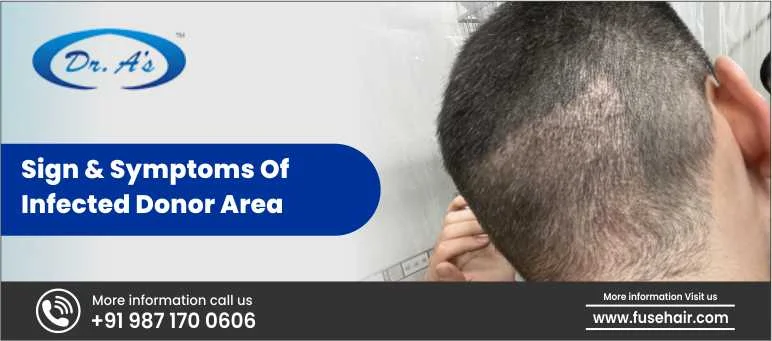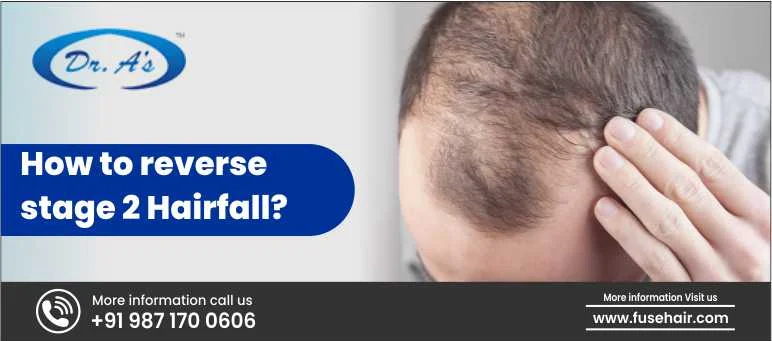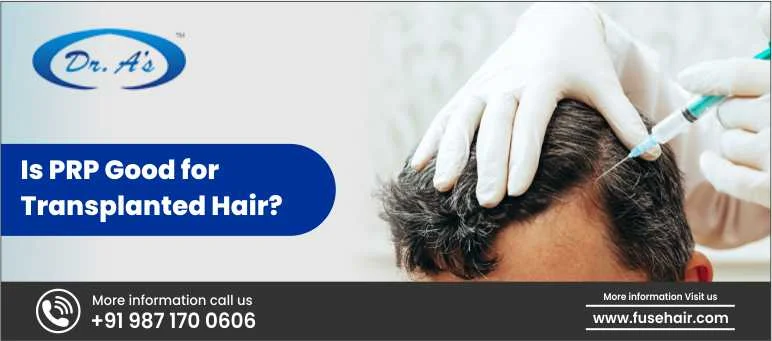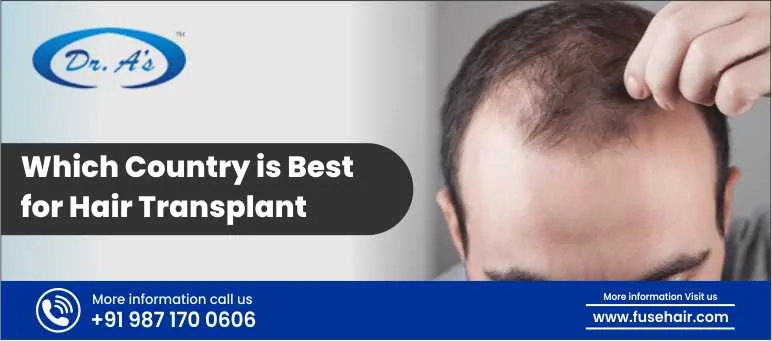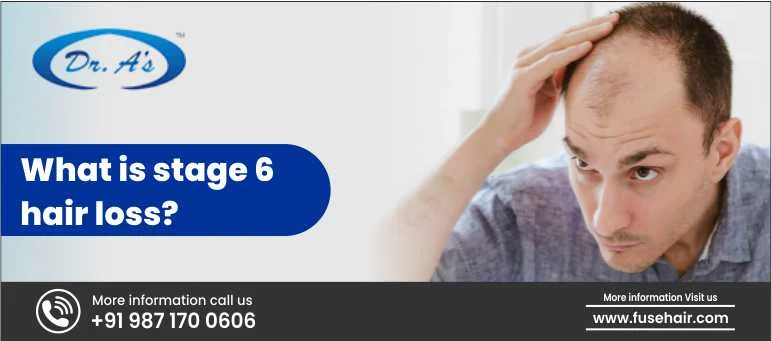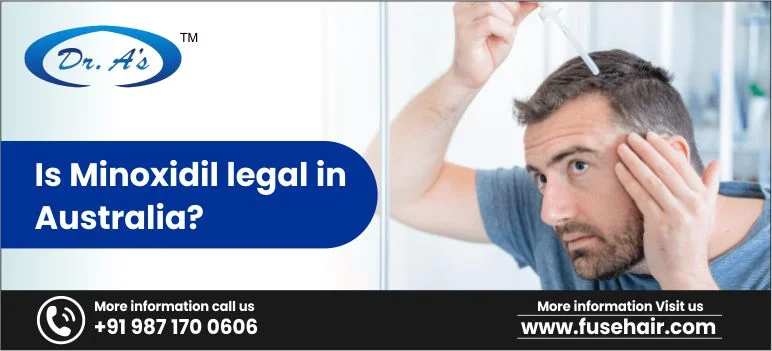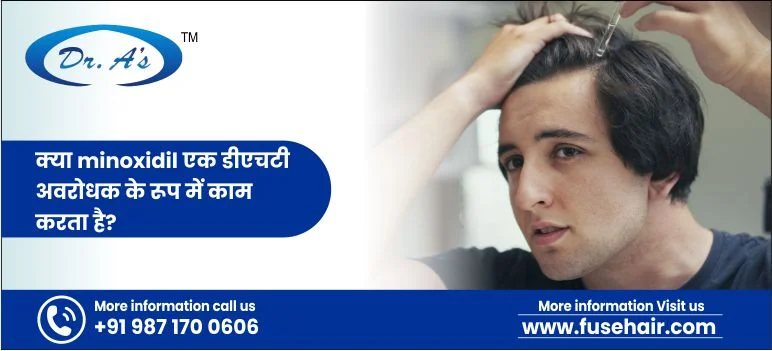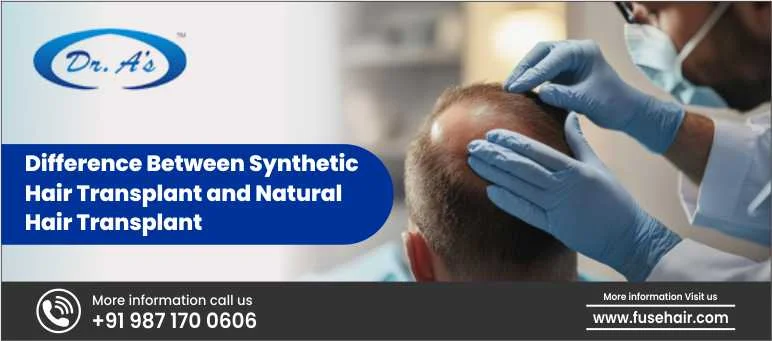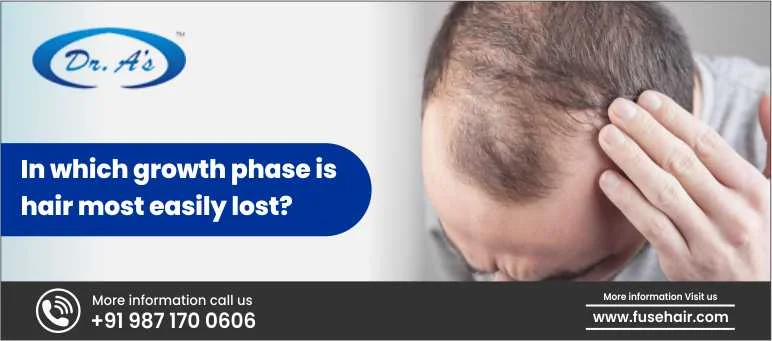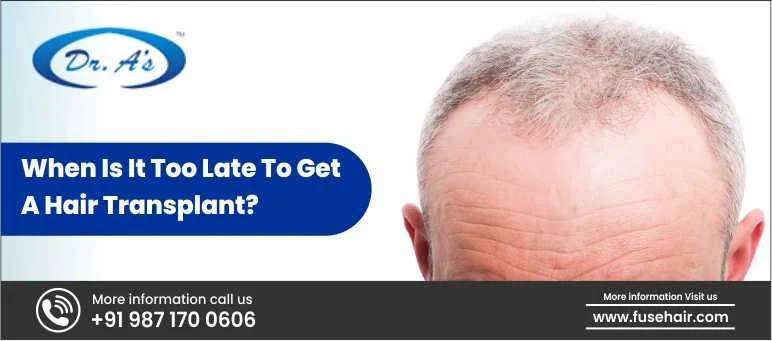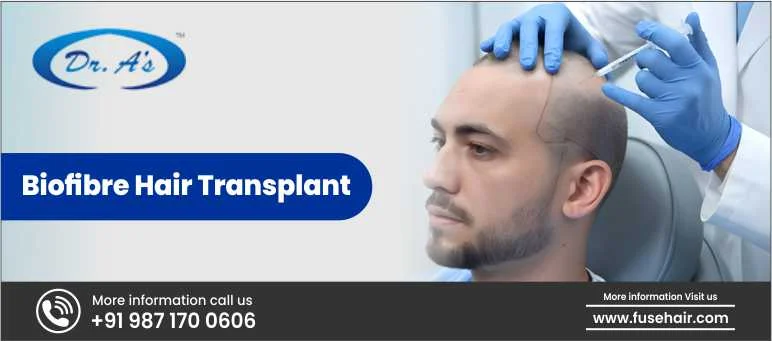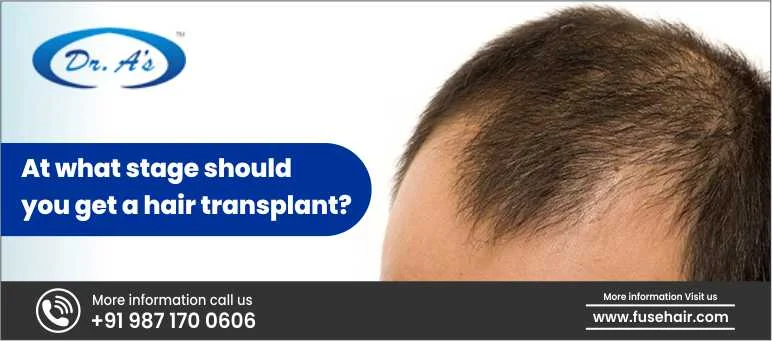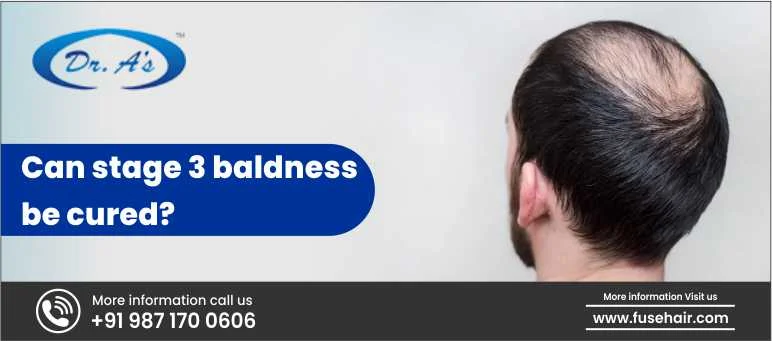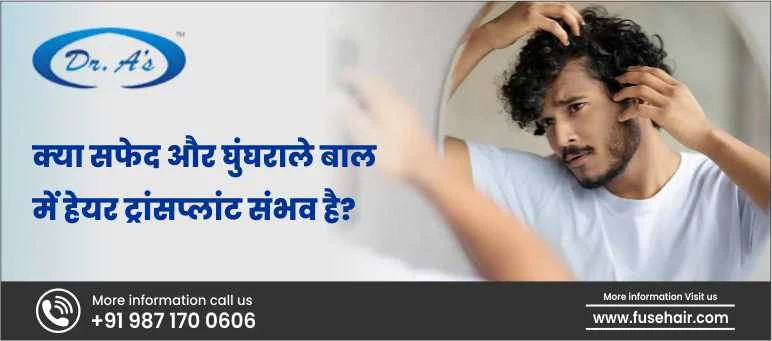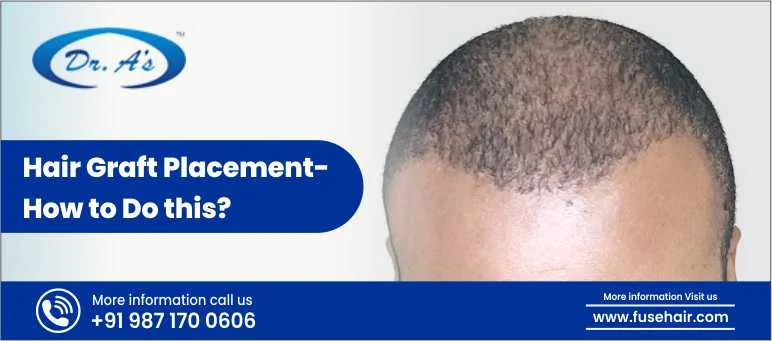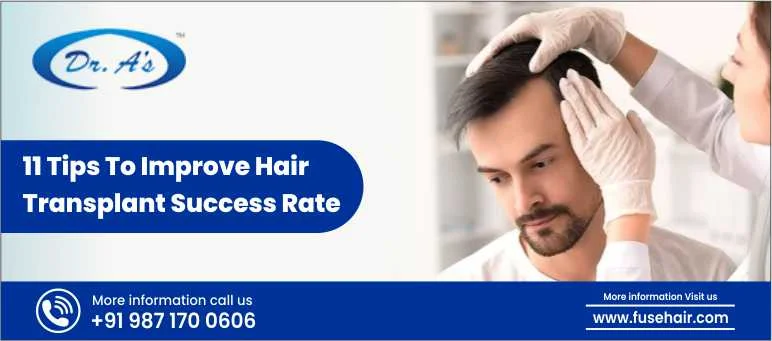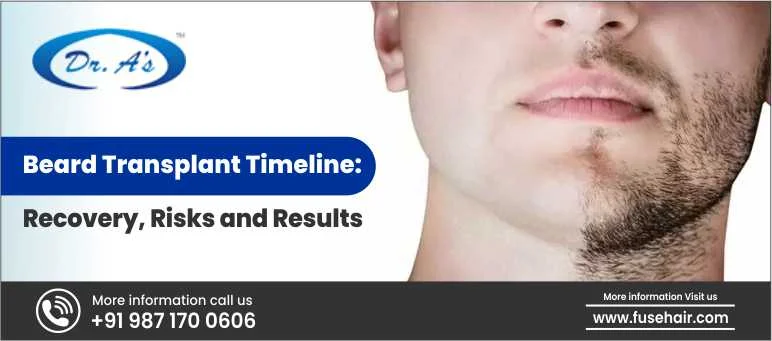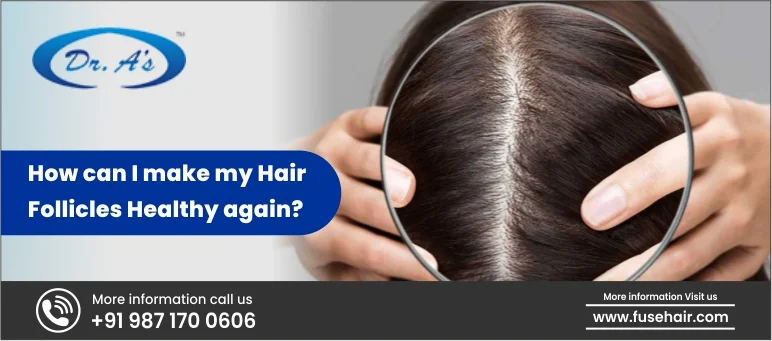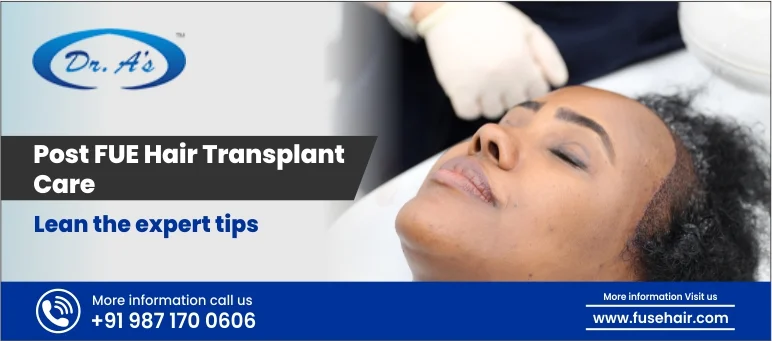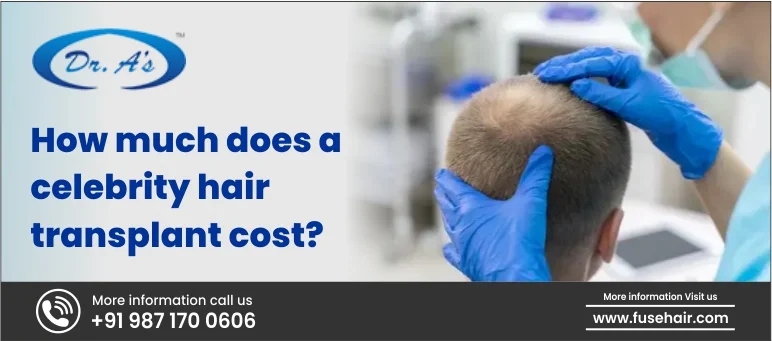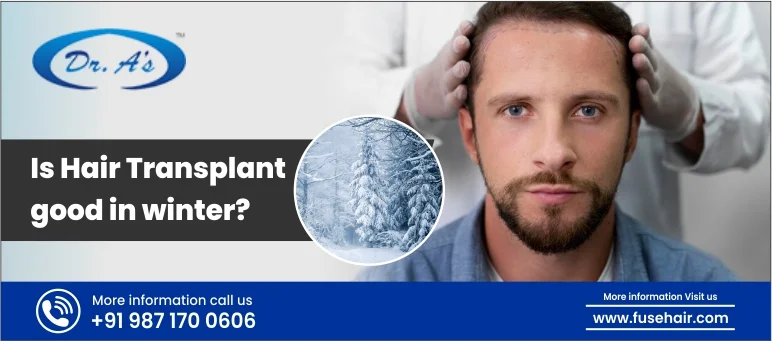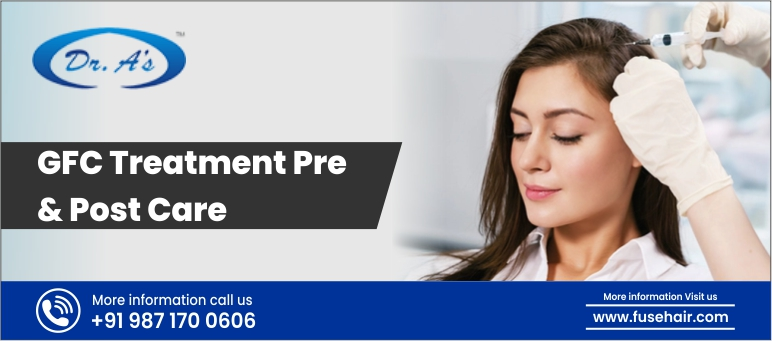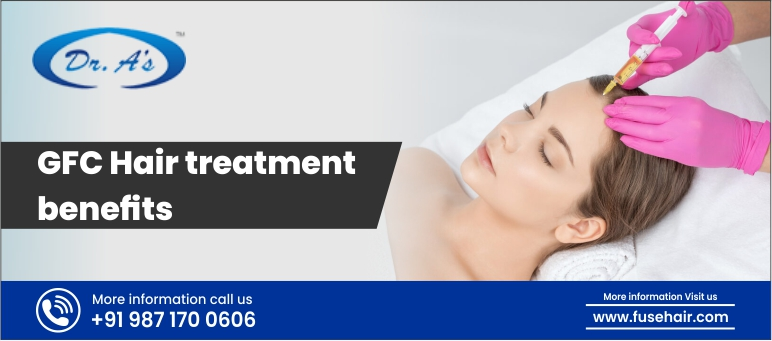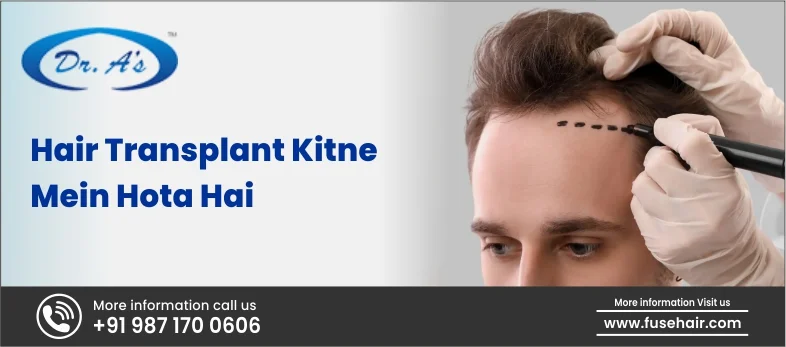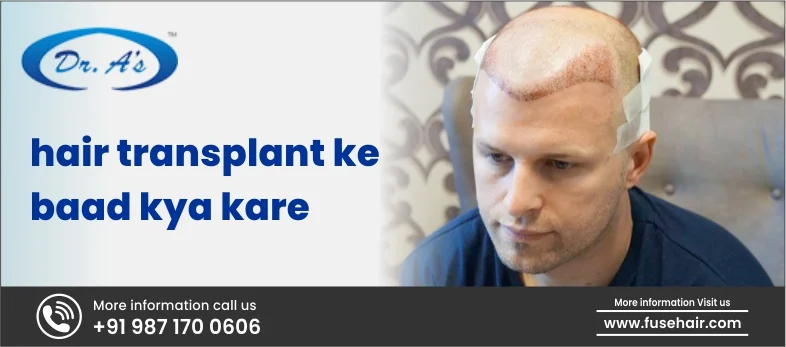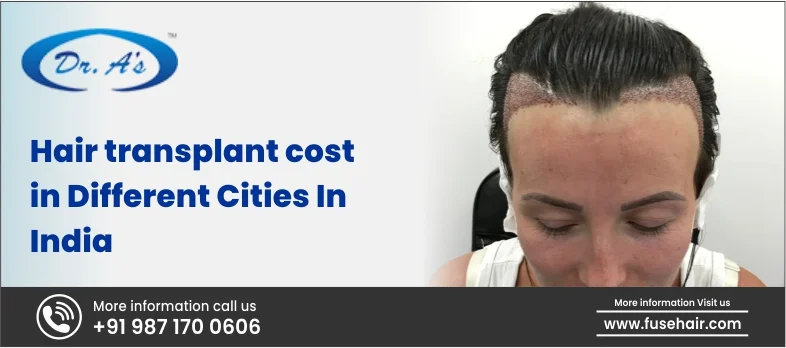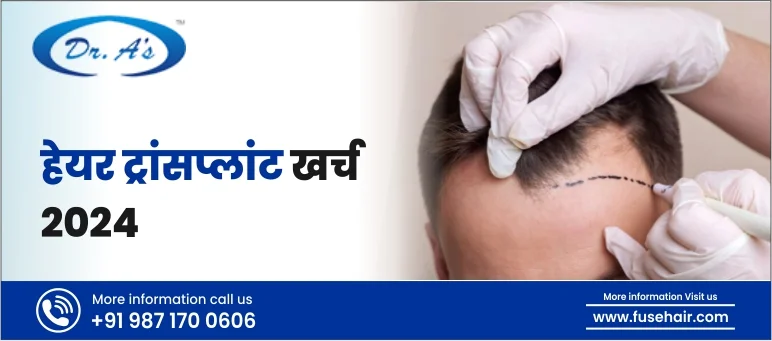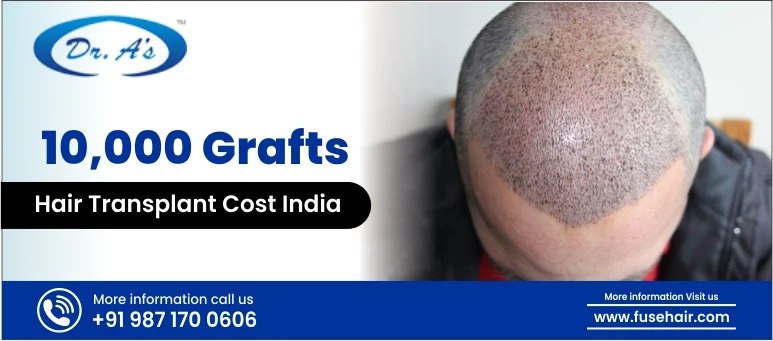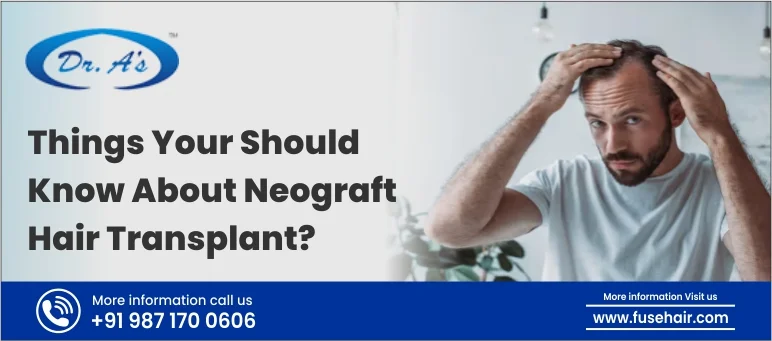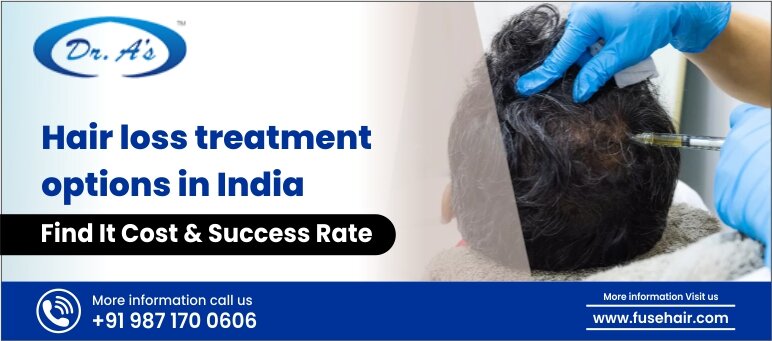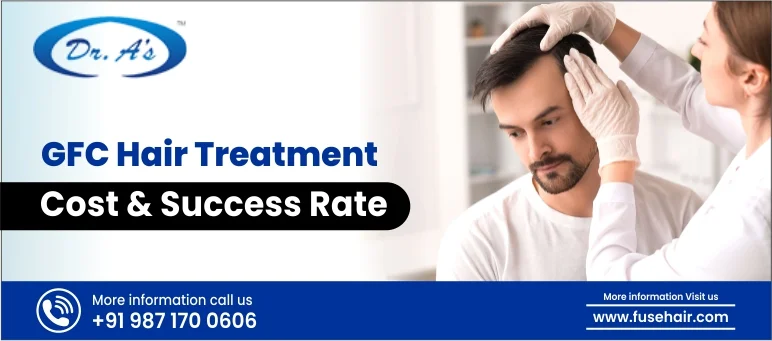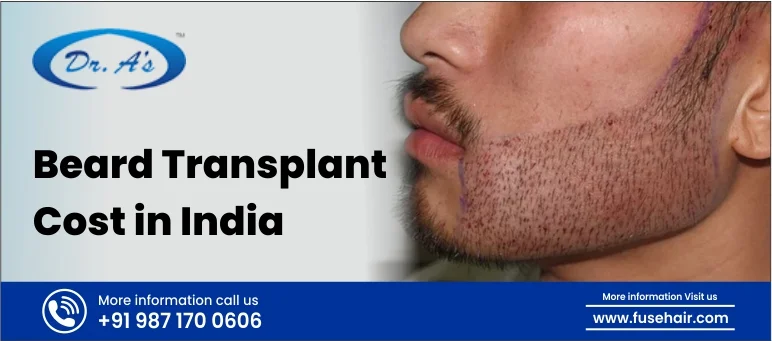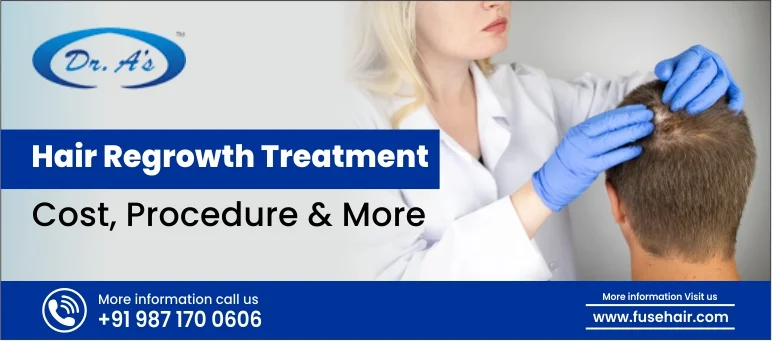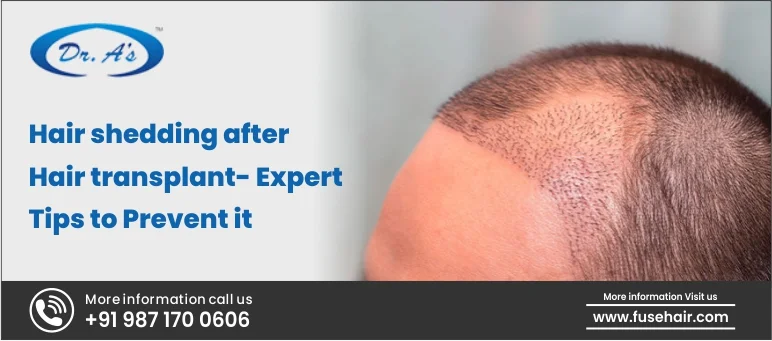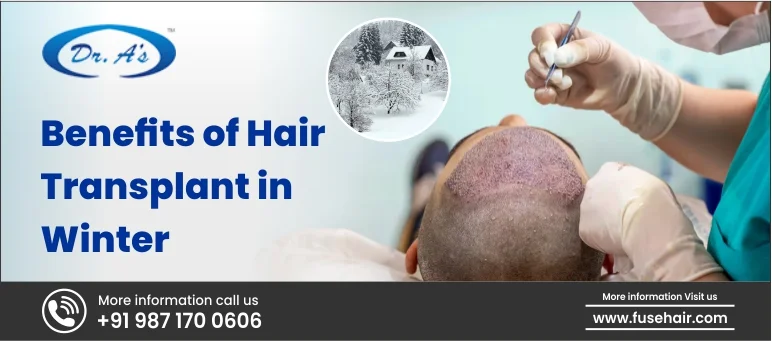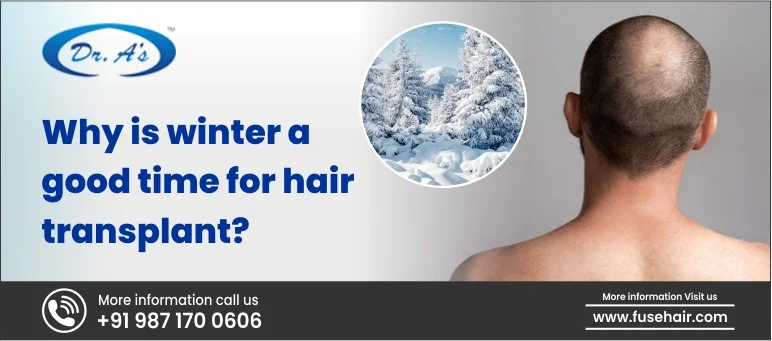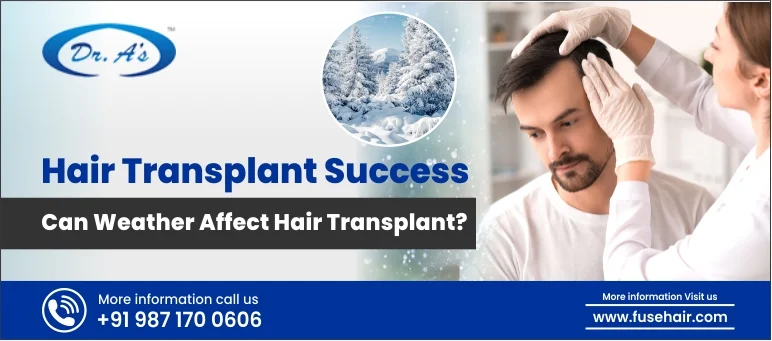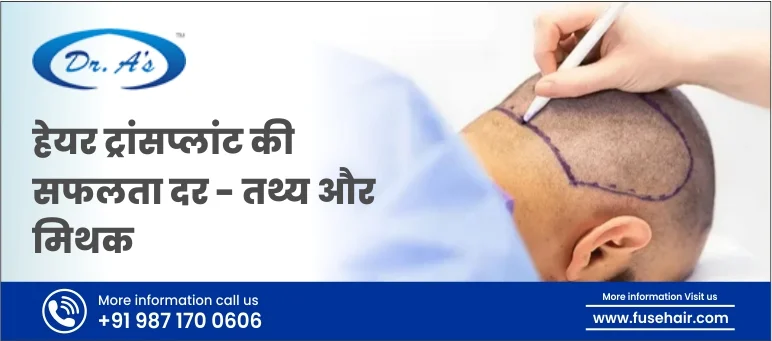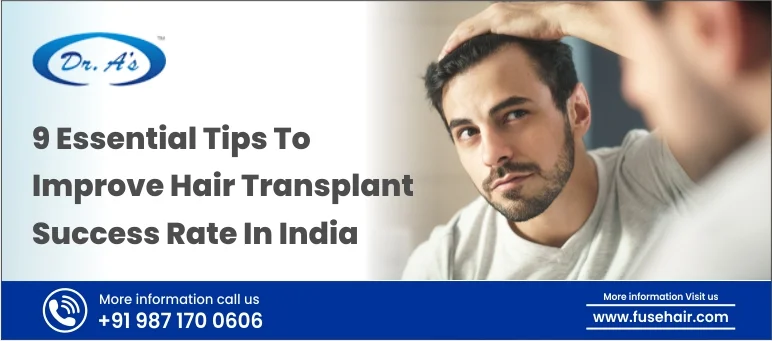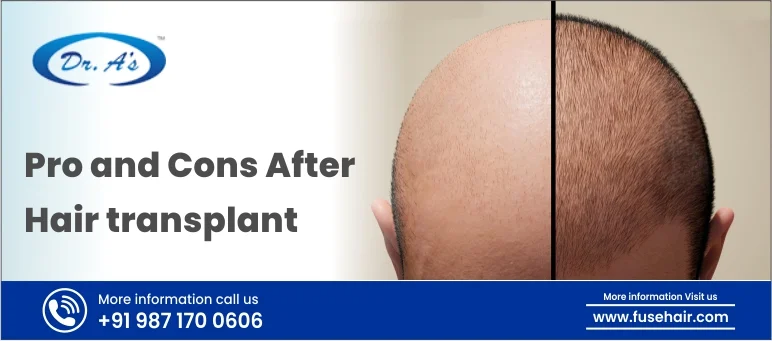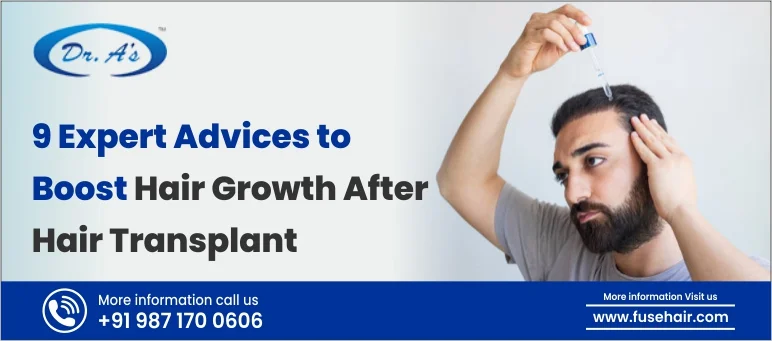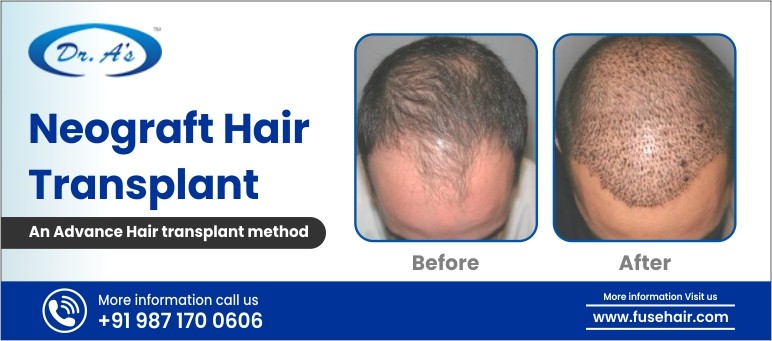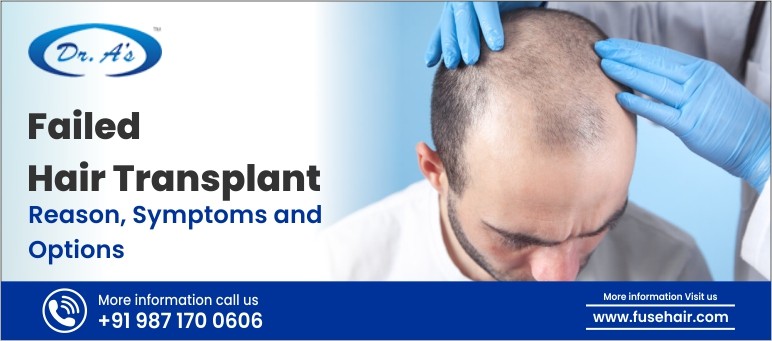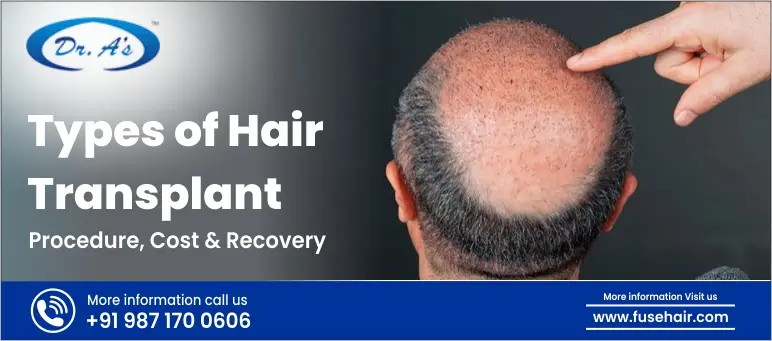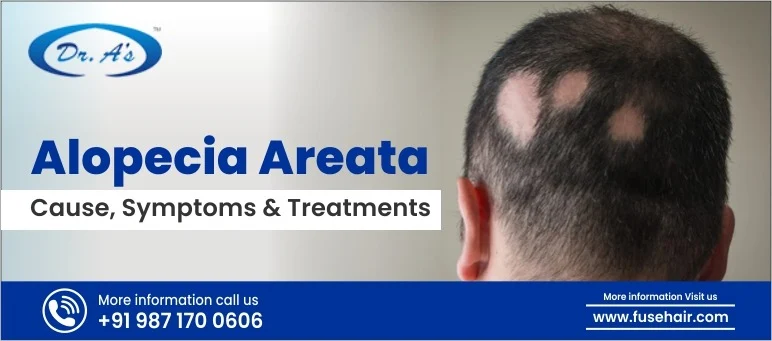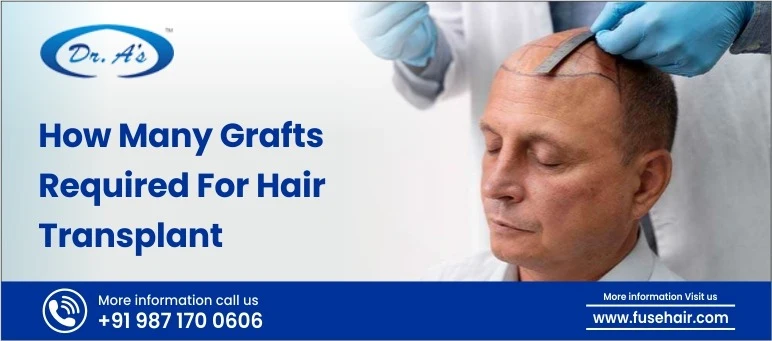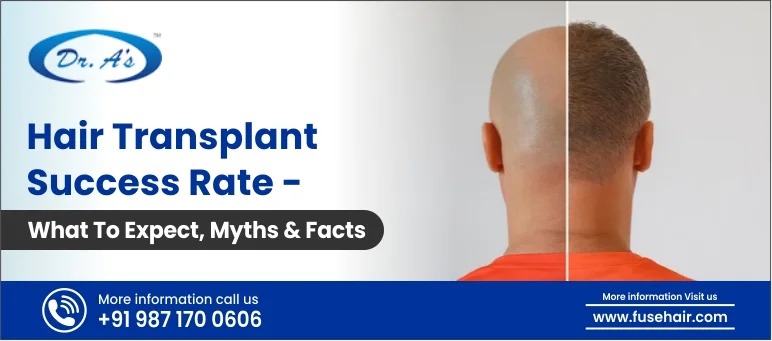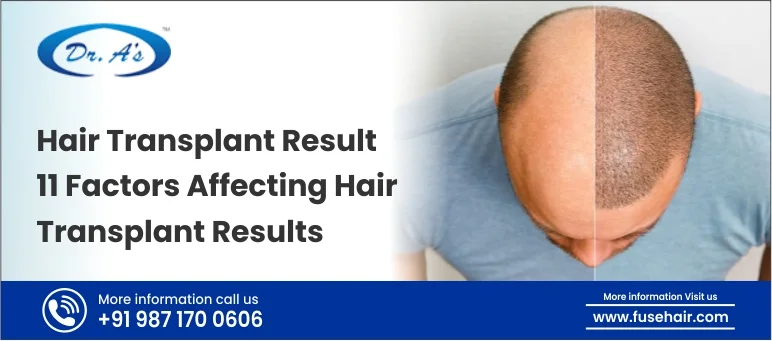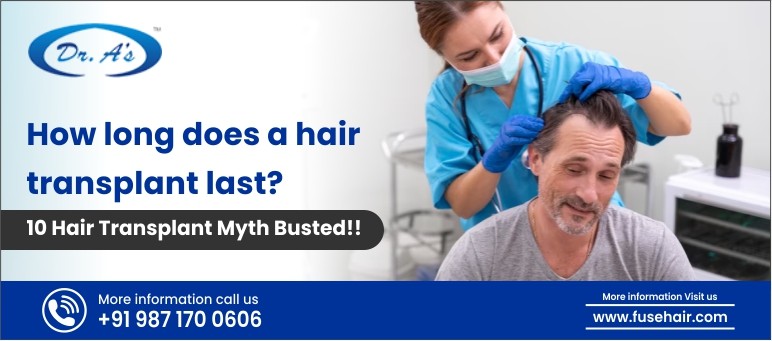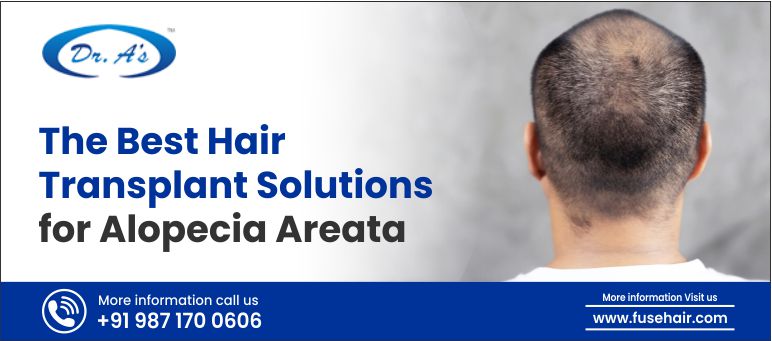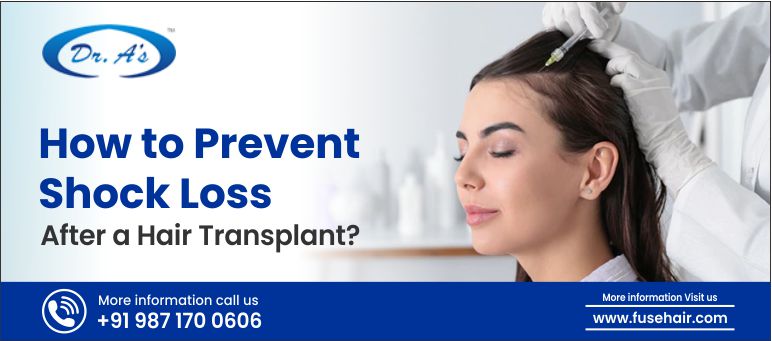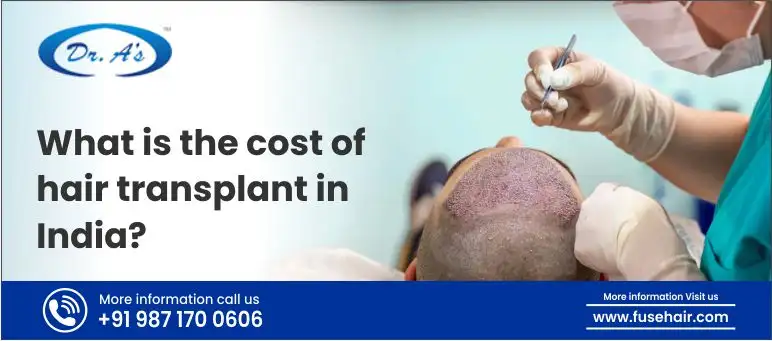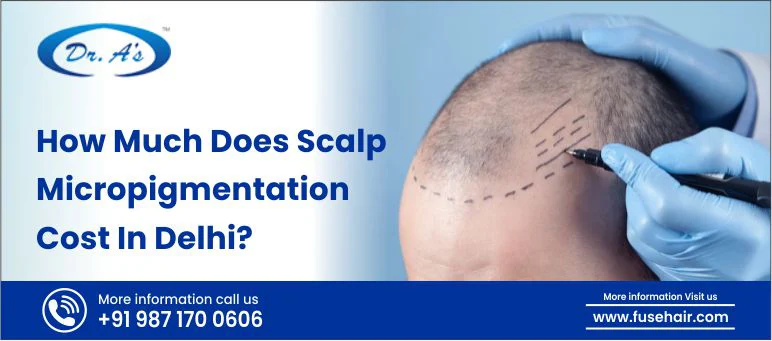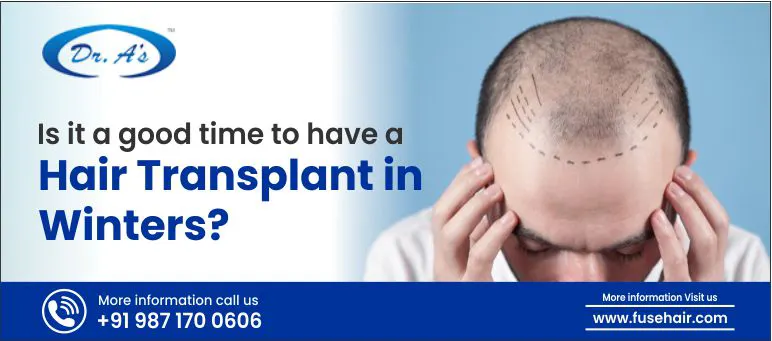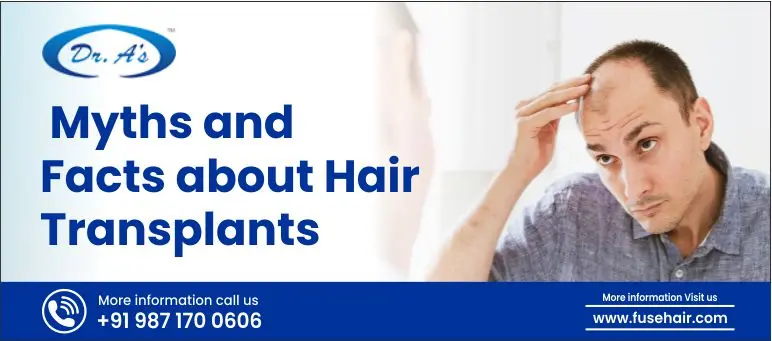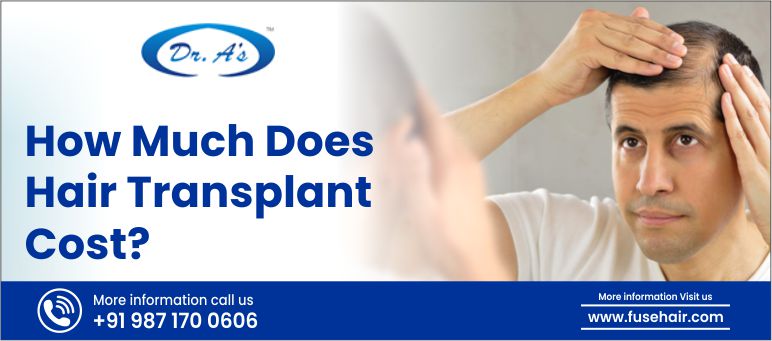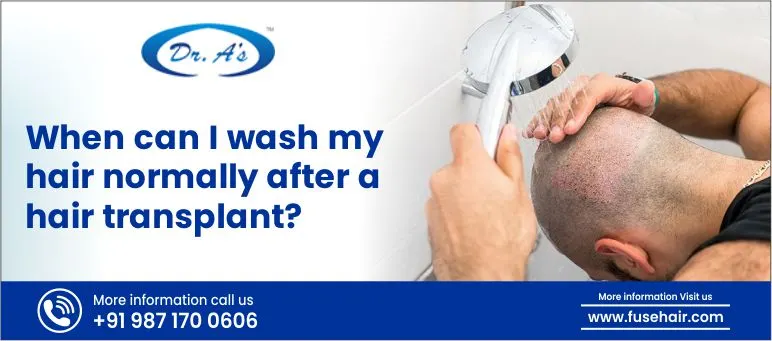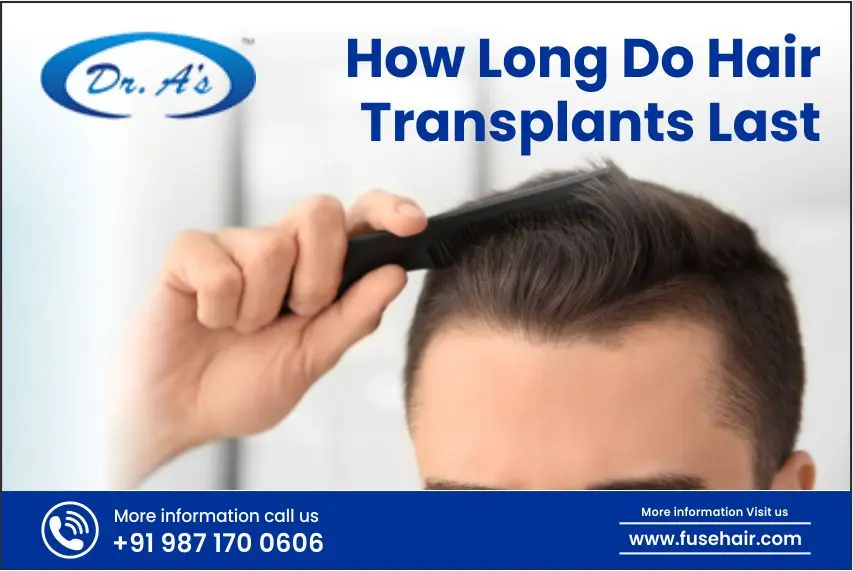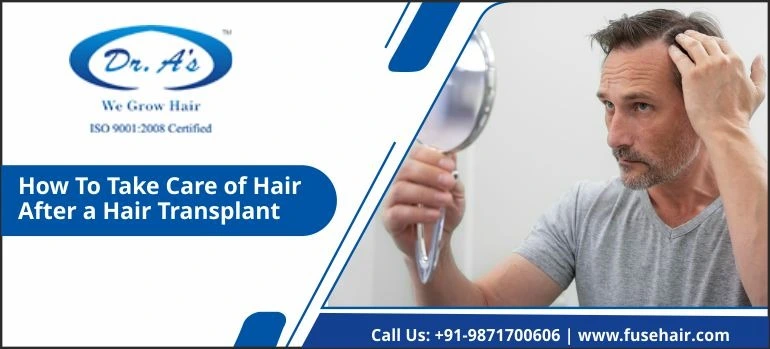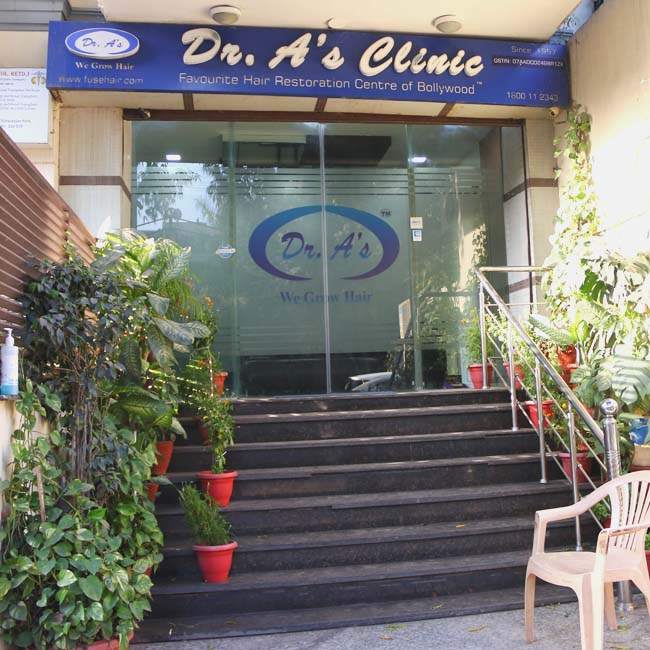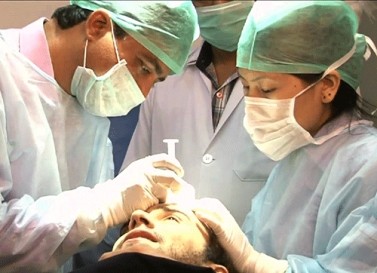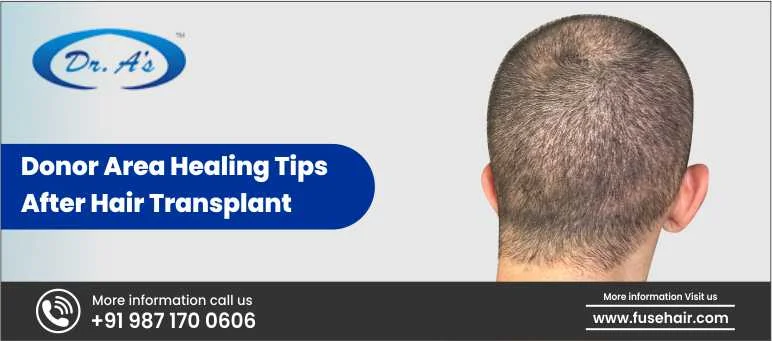
Undergoing a hair transplant is an exciting step towards restoring your confidence, but the healing process, particularly donor area healing, is just as crucial to ensuring the success of your procedure. The donor area, typically located at the back of the head, plays a key role in providing healthy follicles for transplanting. Proper aftercare during this phase can make all the difference in achieving the best results.
Dr. Arvind Poswal, the renowned hair restoration specialist with over two decades of experience, has helped thousands of patients regain their hair and confidence. At Dr A’s clinic, led by Dr. Poswal, we focus on delivering not only world-class hair transplants but also personalized, compassionate care throughout every stage of the process, including the vital post-transplant recovery phase.
Post-Hair Transplant Care: Key Guidelines for the Donor Area
Proper care of the donor area after a hair transplant is essential for promoting healing and ensuring the success of your procedure. Following these key guidelines will help minimize complications, support a smooth recovery, and promote optimal results. Below are the steps you need to follow for effective donor area recovery:
-
Bandage Care Post Hair Transplant
Proper bandage care is crucial after a hair transplant to heal the donor area and support the recovery process. Dr. Arvind Poswal, from Dr. A’s Clinic, emphasizes the importance of correct bandage removal because the donor area is more sensitive; hence, extra care is needed.
Immediately after the procedure, a bandage is applied, and the patient is instructed to keep it in place overnight. The following day, the bandage should be removed to allow fresh air for faster donor area recovery after hair transplant. Following these instructions ensures the best results and avoids complications during the healing process.
-
Proper Head Wash After Hair Transplant
After a hair transplant, begin gently washing your head, taking care not to disturb the grafts. It’s essential to keep the donor area clean to prevent complications. Regular washing helps maintain cleanliness and supports donor area healing after FUE.
To wash properly, use lukewarm water and a sulfate-free, gentle shampoo. Pour 5–6 mugs of water over your head to rinse thoroughly, then pat dry with a towel. However, handle the process gently to avoid damaging the grafts.
-
Cleaning the Donor Area
To effectively clean the donor area, make a salt solution using filtered or RO water and one teaspoon of white salt. For convenience, you can also use a saline bottle from a chemist.
Soak a soft, non-abrasive cloth in the solution and gently apply it to the donor area. This ensures the area remains clean during donor area healing after hair transplant. Keeping the donor area free of impurities is crucial for optimal healing and faster recovery.
-
Choosing the Best Shampoo After Hair Transplant
Choosing a gentle, sulfate-free shampoo after your hair transplant is key for donor area healing. Start washing your scalp the day after surgery, and wash twice a day for the first few days to support donor area recovery after hair transplant.
Wet your scalp thoroughly before applying shampoo. Gently rub it in to remove any buildup around the grafts. This will help prevent scarring and pimples and support faster healing of the donor area after the hair transplant. Additionally, using a shampoo that is free from harsh chemicals helps minimize irritation to the sensitive areas of the scalp. It’s important to avoid strong fragrances or additives that could interfere with the healing process, allowing your scalp to recover smoothly.
-
Guidelines for Shaving or Trimming the Donor Area
Whether you‘re undergoing head or beard donor area healing, only on the fourth day after the transplant, start shaving or trimming the donor area. Use a razor, not a trimmer, to avoid having scabs.
During this recovery process, be sure to follow the advice of Dr. Arvind Poswal. His team provides personalized care to ensure optimal recovery after your hair transplant. Always use sulfate-free shampoo and wash gently to keep the donor area clean. Avoid any harsh rubbing or scratching, as this can cause unnecessary irritation.
If you have questions, don’t hesitate to contact Dr. Arvind Poswal for immediate support. He is dedicated to helping you achieve the best possible results for your donor area healing after FUE.
Understanding Scabs After a Hair Transplant
Scabs are a natural part of the healing process following a hair transplant, and managing them properly is crucial for optimal recovery.
What Are Scabs?
Small scabs form around the graft sites in the donor area after a hair transplant. These scabs are a natural part of the healing process, protecting the newly transplanted follicles and allowing the skin to heal. However, while scabs are regular, they must be managed carefully to avoid affecting the healing process.
Managing Scabs for Better Healing
The donor area, particularly around the neck, is more sensitive, so it requires extra attention. You should start cleaning the area from the very next day after the surgery. Use a gentle technique to clean the scabs by soaking the area well with lukewarm water and then gently rubbing it to remove the buildup of the scabs. This process helps remove the dried residue from the tiny holes where the grafts were taken.
By removing the scabs, you accelerate donor area hair transplant healing and reduce the risk of scarring or pimples. For the first three days after the procedure, Dr. Arvind Poswal recommends you clean the donor area twice a day. It will promote faster healing and help ensure a smooth recovery.
Conclusion
Proper care of the donor area after a hair transplant is essential for ensuring smooth healing and optimal results. Following the proper post-operative instructions, including bandage care, gentle washing, and scab management, will not only promote faster recovery but also minimize complications such as scarring or pimples. Maintaining a clean, hydrated scalp and using the right products can significantly contribute to the success of your transplant.
If you’re considering a hair transplant in India, Dr Arvind Poswal and his team at Dr A’s Clinic are the experts you can trust. With their extensive knowledge in hair restoration, they are dedicated to providing the best care to ensure your donor area healing is as smooth and effective as possible.

